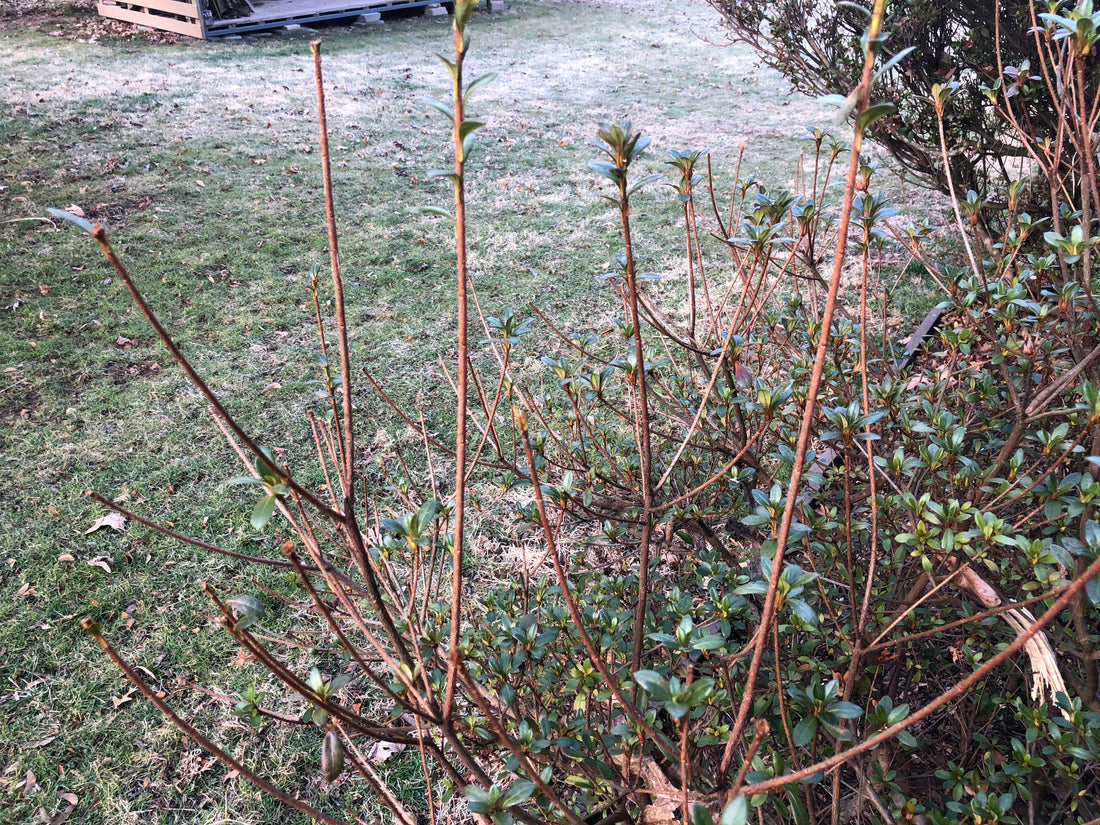Most of us in the lower northeast of the U.S. had an uneventful winter. The New York area had more rain than snow. I believe only 4.3" so far for the New York area. We have a lot of disappointed school kids and snow plow contractors. However, many homeowners were more than happy not to have to shovel their walks. Commuters did not miss the long commute, when just a few inches of snow can play havoc with the roads. Even though we are heading into spring in a few weeks, this does not exclude us from surprise spring snowstorms that can catch us off guard.
Regardless of mild winters or winters with reduced snowfall, the deer are still on the hunt for good eating vegetation. Despite warmer winters deer are genetically programmed to graze heavily during the spring and summer to add more body fat for the coming winter. This is when most deer-induced damage happens to plants. Most people are under the impression that deer will eat their garden plants only when there is snow covering the ground. This is partially true in areas that have heavy snowfalls for long periods of time as deer will seek out the vegetation that is above the snow cover.
The Azalea in the photo is a favorite of deer since it is above the snow cover and is at a perfect height for grazing. Looking back in hindsight, these plants should have been trimmed during the autumn and a Deer-Terrent netting cover could have been applied during winter until late spring. This is not a big problem though, as the plant can still be trimmed and the netting applied before the flowering phase begins.

